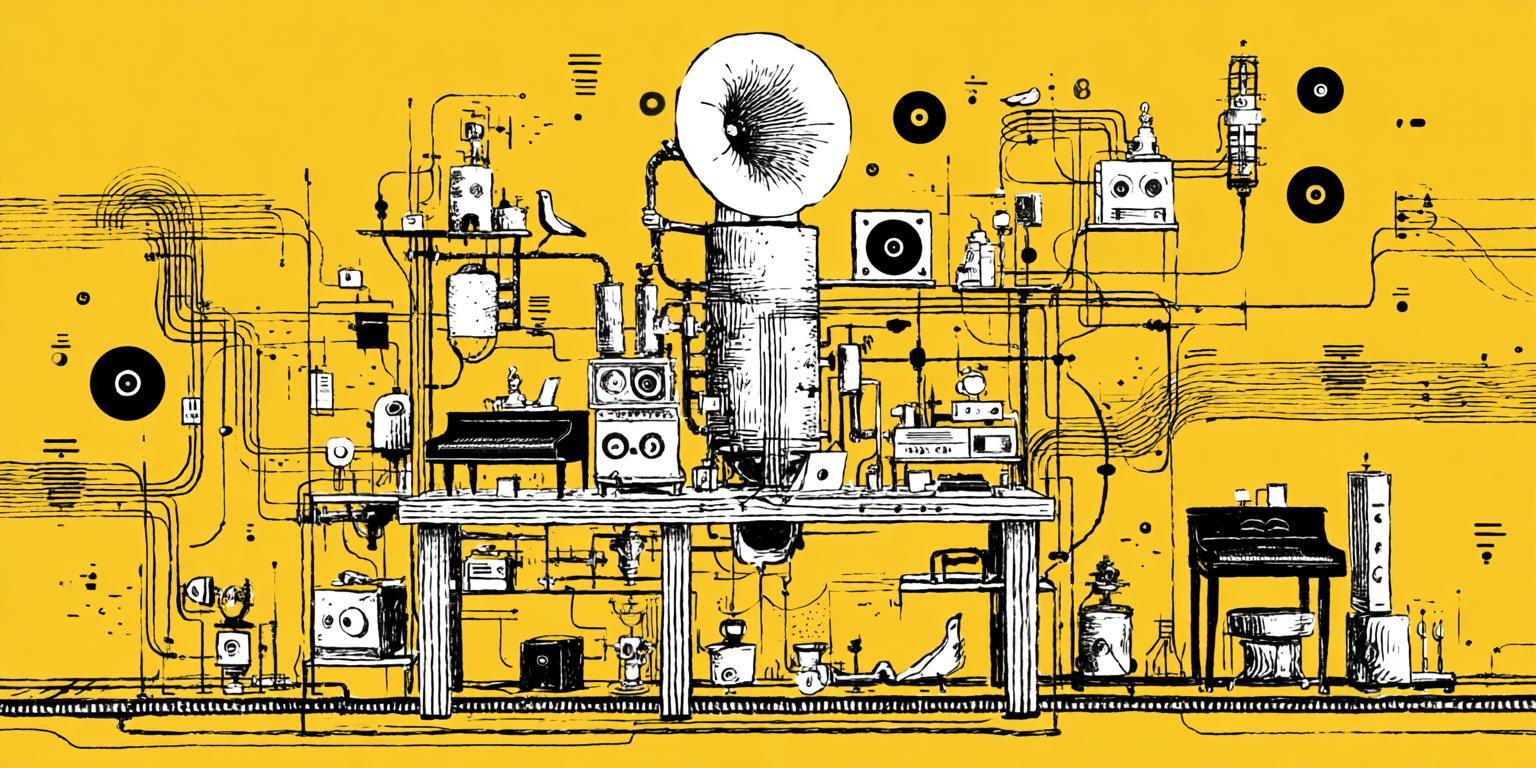
The Sonos Meltdown: 3 Product Lessons From a $2B Mistake
For those unaware, in 2024, Sonos delivered a masterclass in how to erode user trust, and it's a lesson every product manager, in my opinon, can learn from. In May 2024, they launched a "completely redesigned" mobile app that brutally stripped away core features their loyal users had relied on for years. The backlash was swift and visceral. Their subreddit exploded with anger, app store ratings plummeted, and their stock took a beating that wiped out billions in market value.
I feel like it's worth calling out - this wasn't just a design misstep. It was, instead, a fundamental product failure, and the mistakes Sonos made are disturbingly common across our industry.
What Actually Happened
Sonos users woke up that morning, found their iOS and Android versions of the primary Sonos app had auto-updated and instead of a magical, new experience, they instead found basic functionality they'd used daily for years had simply vanished. We're talking no queue management, no sleep timer, no local music library access, no alarm editing. Features that absolutely defined the Sonos experience users grew to love were suddenly gone, with vague promises they'd "return soon."
The company framed it as "simplification" and "modernization." Users experienced it as a betrayal.
The CEO eventually issued multiple apologies, vowed to bring back missing features, and admitted they "rushed" the release. But the damage was done. Trust that users give our technology are incredibly hard to rebuild.

Lesson 1: Your Power Users are Your Loudest Advocates. Don't Let Them Down.
Sonos made the classic mistake: optimizing for new users while completely alienating their most passionate customers. They assumed simplifying the interface would attract newcomers, but they forgot that power users aren't just customers—they're evangelists.
Power users are the ones who recommend your product at dinner parties. They write detailed reviews, help newcomers navigate complex features, and often forgive small bugs because they deeply love what you're building. When you strip away the features that made these users fall in love, you don't just lose customers; you lose your biggest advocates and your product's immune system.
The Rule: Before removing any feature, ask yourself: "Which users will we lose forever, and what will they tell their friends?" Power users have long memories and loud voices. Respect both.
Lesson 2: Your Technical Debt is Not Your Users' Problem.
Sonos tried to justify the redesign by claiming they needed to rebuild their foundation for future innovation. This is classic technical debt reasoning: tear down the old to build something better.
But here's what they missed: users don't care about your technical debt. They care about whether your product solves their problems today. The fundamental error was treating an internal technical decision as a user-facing product decision. If you need to rebuild your architecture, that's an engineering challenge. Making users lose functionality they depend on just to solve your internal problems is product malpractice.
The Rule: Never make users pay the price for your technical decisions. If you must rebuild, maintain feature parity first, then innovate. Users didn't sign up to be beta testers for your refactoring project. They signed up for a working product.

Lesson 3: "Coming Soon" is Not a Launch Strategy.
Perhaps the most damaging aspect of Sonos's approach was launching with missing features and promising they'd return "soon." This isn't a launch; it's a public beta disguised as a finished product.
Users had built workflows and habits around features that suddenly disappeared. Telling them to wait for basic functionality to return is like asking them to forget how to use your product. The promise of future features doesn't compensate for present frustration. Users live in the now, not in your roadmap.
The Rule: Ship when you can do everything the old version could do, plus something new. Feature parity isn't optional—it's the minimum viable upgrade. Innovation means addition, not subtraction.
The Deeper Problem
What makes the Sonos situation so instructive is that it reveals a mindset problem far beyond just missing features. They treated their existing product as a liability rather than an asset. Their users had spent years learning the intricacies of the Sonos ecosystem. They'd developed muscle memory, created playlists, set up automations, and integrated the product into their daily routines. All of that user investment represented real value—value that Sonos carelessly threw away in pursuit of a "cleaner" experience.
This is the product equivalent of renovating a beloved neighborhood restaurant and removing all the dishes that made it special. The new menu might look more modern, but you've just alienated everyone who made your restaurant successful in the first place.
What Sonos Should Have Done
The path forward was obvious: build the new experience alongside the old one. Let users opt into new features while maintaining access to existing functionality. Migrate gradually, not catastrophically.
Instead of forcing users to adapt to a diminished product, they could have said: "Here's everything you love about Sonos, plus some new capabilities we're excited to share." But that would have required patience, humility, and profound respect for their existing users. Instead, they chose disruption over evolution—and paid the price.

The Warning Signs
Looking back, the Sonos meltdown wasn't unpredictable. The warning signs were all there:
- Focus on "simplification" over proven user needs
- Treating technical debt as a user-facing problem
- Launching with reduced functionality and future promises
- Prioritizing new user acquisition over existing user retention
Sound familiar? These patterns show up in product teams everywhere, usually right before they make similar, costly mistakes.
The Bottom Line
Product management isn't just about building new things, it's also about respecting the relationship between your users and your product. That relationship took years to build and can be destroyed in a single update.
Sonos learned this lesson the hard way. The question is: will you learn from their mistake, or will you have to make it yourself? Your users are trusting you. Choose wisely.